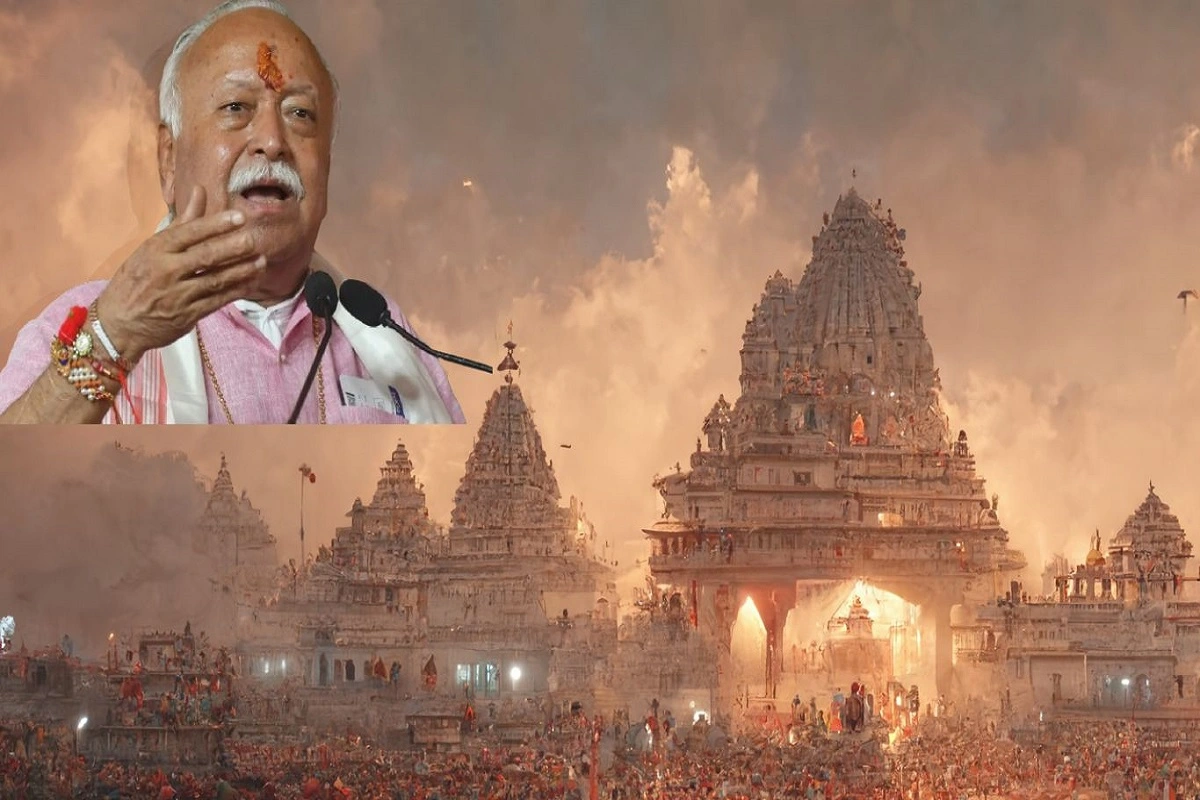
Mohan Bhagwat
In anticipation of the Pran Pratistha ceremony at the Ram Temple, Rashtriya Swayamsevak Sangh (RSS) chief Mohan Bhagwat delves into the historical context, urging an end to decades-long conflicts surrounding the Ayodhya dispute. In an article originally published in Marathi, Bhagwat emphasizes India’s 1,500-year struggle against invaders and the systematic destruction of religious sites by foreign forces to weaken and demoralize society.
Bhagwat points out that early invasions aimed at plundering, and some, like Alexander’s invasion, sought colonization. However, attacks from the West in the name of Islam brought complete destruction and alienation of society. Their objective was to demoralize Bharatiya society, weakening it for unhindered rule, including the demolition of the Shri Ram temple in Ayodhya. This, according to Bhagwat, was part of a broader war strategy by invaders.
Highlighting the persistent attempts to control Lord Ram’s birthplace, Bhagwat mentions the failed 1857 War of Independence and subsequent British efforts to divide Hindus and Muslims.
The article provides context on the Ram Janmabhoomi movement, a socio-political campaign in India focusing on the disputed Ayodhya site believed to be Lord Ram’s birthplace. Gaining prominence in the late 20th century, particularly during the 1980s and 1990s, the movement’s primary demand was the construction of a temple dedicated to Lord Rama at the site where the 16th-century Babri Masjid stood.
The movement saw active participation from the Vishva Hindu Parishad (VHP) and the Bharatiya Janata Party (BJP). It reached its zenith on December 6, 1992, when a large gathering of Hindu activists, including political leaders, demolished the Babri Masjid.”
To read more such news, download Bharat Express news apps


















